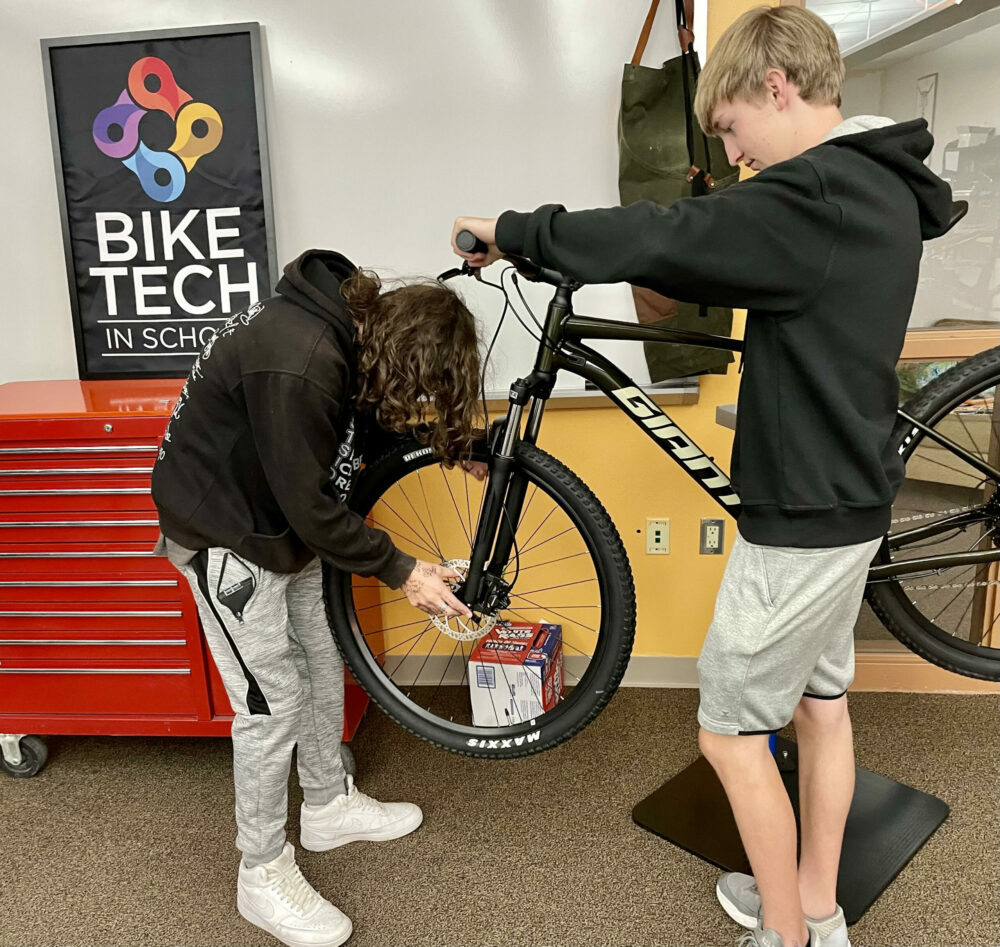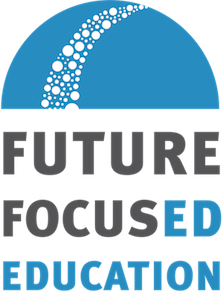Do Students Really Need Algebra II?
How New Mexico’s Outdated Graduation Requirements Are Holding Us Back

"In order to identify their passions and strengths, students cannot be forced into required courses where they see little, if any, relevance."
For nearly 130 years, education has remained largely unchanged. In 1892, the “Committee of Ten” assembled what are, to a great extent, today’s high school graduation requirements in New Mexico. The world has changed considerably since 1892, so why are high school graduation requirements rooted in such dated paradigms?
In 1903, the Wright brothers took the world’s first aeronautical voyage at Kitty Hawk, whereas a mere 66 years later, in 1969, Neil Armstrong became the first human being to step foot on the surface of the moon. Sixty six years from first flight to one of humankind’s greatest accomplishments!
Yet, in New Mexico, Algebra II is still a requirement for all students in K-12 education in order to receive a high school diploma.
What It Takes to Graduate in NM
Don’t get me wrong, Algebra II is an important mathematical discipline, arguably the proverbial gateway to modern day calculus, but does every student really need Algebra II? While we’re on the subject, why do we treat education like incarceration? Does time really equal mastery? Probably not any more than time equals rehabilitation in the justice system.
New Mexico has some of the most rigorous graduation requirements in the country: 24 credits. Here’s the breakdown:
- 4 in English
- 4 in math (one of which must be equal to or higher than Algebra II)
- 3.5 in social studies (including U.S. history, world history, government and economics, and 0.5 in New Mexico history)
- 3 science (2 of which require a lab component)
- 1 in physical education
- 0.5 in health
- 1 in career cluster, workplace readiness, or language (very broad, varies by school)
- 7 electives
Coincidentally, despite these rigorous requirements, New Mexico has routinely come in at the bottom of the list with regard to academic achievement. Is there a direct correlation to achievement outcomes and graduation requirements? Perhaps.
How Other States Compare
Let’s take a look at the top ten states with the best academic outcomes.
The top 10 best states for K-12 education according to the U.S. News and World Report are (in order): New Jersey, Massachusetts, Connecticut, New Hampshire, Vermont, Illinois, Colorado, Wisconsin, Indiana, and Virginia. Of these top 10 performing states, only one—New Jersey—requires 24 credits to graduate, and none of them require Algebra II, though it can be used toward graduation requirements. Let’s be clear: these states don’t have smarter or better prepared students than New Mexico, simply their requirements are vastly different.
Unlike New Mexico, where State law establishes graduation requirements, Massachusetts (ranked #2) and Colorado (ranked #7) are dramatically different, allowing local school boards to determine graduation requirements. How amazing is that? A local community can determine what hard and soft skills are most important based on local needs!
This means that in districts across Massachusetts and Colorado locally elected Boards of Education can adjust their graduation requirements in order to become economic drivers of their communities. In doing so, these districts can respond to the needs of local industry by providing students with the flexibility necessary within the school day to complete high-yield job shadowing, internship, and apprenticeship opportunities during the instructional day—rather than taking classes lacking real-life application and meaning simply because state law dictates it.

What Skills Are Employers Asking For?
In the Aztec school district we met with local industry and asked a simple question: “What do you need from students?” The industry professionals’ responses were fascinating.
They identified nearly 20 skills an employable and productive student should have by the time they graduate. Of these things, only one “hard skill” was identified: financial literacy.
Our industry partners—from mom-and-pop shops to massive corporations—all agreed that students need more soft skills (in our district we refer to them as “human skills”) like punctuality, team work, a growth mindset, and problem solving, rather than hard skills.
This is a similar belief that we have as a district with our own hiring practices. We can teach anyone to do the respective job (after all, we are teachers). What we look for in a candidate is the human skills they possess—are they a good person? Can they show up regularly and on time? Are they able to work effectively as part of a team? Do they have a growth mindset? Can they actively listen? Do they have the ability to explore curiosity and problem solve?
These are the exact skills our industry partners identified for us.
Why Algebra II, then?
Very few higher education and career pathways require Algebra II.
I believe that the future of our society is in STEM (science, technology, engineering, and mathematics). However, according to a 2019 study, careers in a STEM field represented only 23 percent of the U.S. workforce. Of that 23 percent, nearly half of STEM workers did not have a bachelor’s degree.
As a result, we might infer that even in one of the highest growth sectors of the workforce the need for college algebra is waning. So, why do our high schools still require it for 100% of students?
Thanks to the internet and smartphones, society today has the literal and figurative Library at Alexandria in the palm of their hands. The sum of nearly all human knowledge is easily accessible to students at any given time.
Students today do not need us to teach them things. Students need us to provide them with experiences in a safe environment. Students need opportunities to engage in human skills. Students need to learn how to find information and put it into tangible action. K-12 schools should help students identify their interests and passions early, help them explore those passions, and set up opportunities to practice them. In our district, this is known as E3 — exposure (early grades), exploration (middle grades), and experience (upper grades).
Students need the flexibility in their K-12 years to be able to experiment with various careers—whether they require a degree or not—in order to identify their passions and strengths (aka their human skills) so that educators can help them become valuable and contributing members of our society. This simply cannot happen when students are forced into required courses where they see little, if any, relevance. Time simply does not equal learning. Rather, experiences are the key to true learning.
If we can go from a terrestrial-only species to putting a human being on the moon in 66 years, surely we can figure out how to provide students with useful mathematics skills that are applicable across the world of work. Perhaps that does not require Algebra II. Perhaps financial literacy instead?


Comments
Kevin,
Well written article. I agree with your statements. Keep up the good fight!
Lawrence
keep it up, as a student in 11th grade, I agree with this whole heartedly. schools would be better for students over all so long as the students are able to learn how to obtain the knowledge they need, rather than just memorizing it.
I wish that I had written it. You captired everything I have been thinking for the past couple of years, while helping my grandaughter through Algebra 1, geometry and now Algebra 2. The worst part is seeing the damage to their self-image and confidence just because they do not excel at that particular skil.
And by the way, the covid shift to computers has made it that much worse. No longer can a student get any credit for understanding how to approach the problem. It has to be worked out precisely, and in the right format, and without any typos when transferring the answer from paper to the computer. Otherwise it is 100% wrong!
Also, can’t we teach the concepts adequately without making the problens insanely tricky? Are we really trying to teach all the kids, or just screening to identify the math geniuses.
Thank you for a well written and timely article.
Kevin,
this just helped me prove something in a group project that I’m doing. Thank you so much!!
August